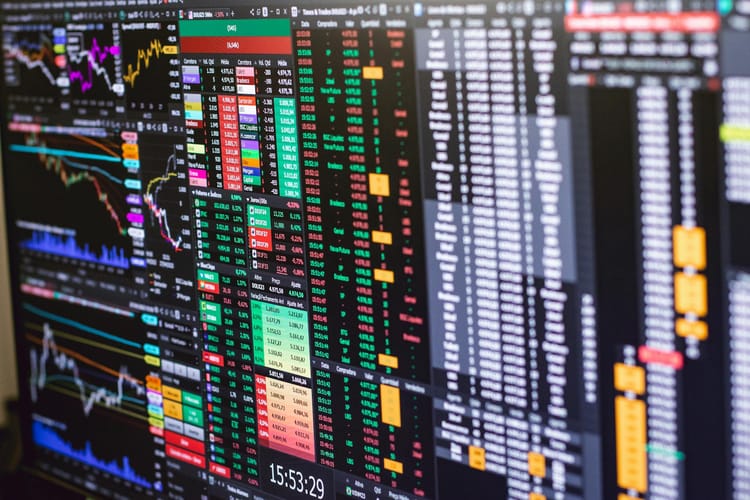Learn to Use Stock Screener for Day Trading in 7 Simple Steps

"Time is Money."
You have heard it enough in your lifetime. We tell you a bit further: nowhere is this truth more evident than in the day trading. Day traders thrive on seizing opportunities with split-second precision, where every moment counts. How do they do it? Yes, with the help of stock screeners!
In this post, we will uncover the role that stock screeners play in making all the difference between a winning trade and a missed opportunity.
But, why is this topic so important? Well, can you imagine navigating the ocean of stocks without a compass? It's daunting, and even the most skilled traders can be adrift. Stock screeners serve you the purpose of this compass, helping you pinpoint the most promising opportunities in a sea of options.
So, Let's Get Started
What are Stock Screeners?
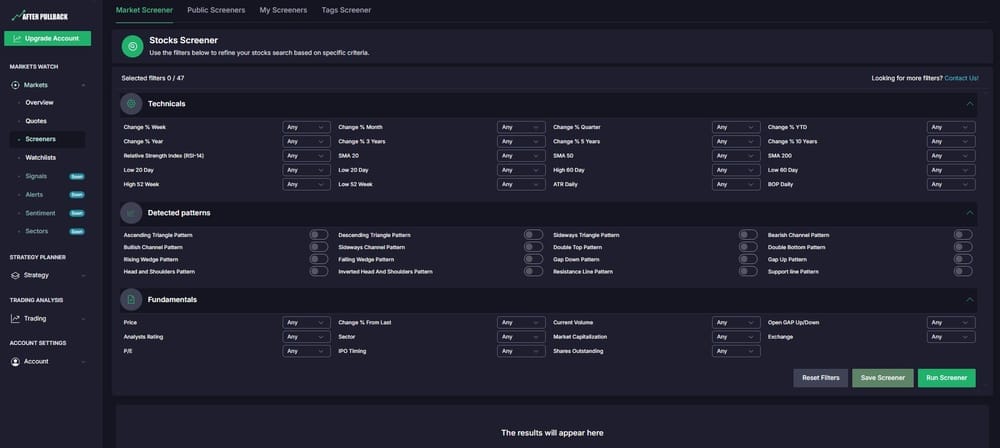
A stock screener, also known as a stock scanner, is a powerful tool for traders and investors. It allows them to sift through a large stock pool and narrow their options based on specific criteria.
These criteria can encompass various factors, from fundamental metrics like earnings per share and price-to-earnings ratio to technical indicators like moving averages and relative strength index.
For instance, if an investor is interested in finding relatively stable, large-cap stocks in the technology sector with a history of paying dividends, they can input these criteria into the stock scanner. The scanner will then generate a list of stocks meeting these requirements.
This automation saves significant time compared to manually analyzing each stock.
A stock screener can also be a valuable tool for intraday trading by helping traders quickly identify potential trading opportunities and manage risks related to a stock's price based on specific criteria.
How Do Stock Screeners Work?
Stock screeners are powerful tools that help traders and investors filter out unwanted stocks and focus on those that meet their specific criteria. These criteria can encompass various factors, from fundamental metrics like earnings per share and price-to-earnings ratio to technical indicators like moving averages and relative strength index.
Stock screeners work by allowing users to input specific criteria, such as market capitalization, revenue, volatility, and profit margins, to narrow down the list of potential stocks. The screener then searches through a vast database of stocks to identify those that meet the specified criteria.
How Do Stock Screeners Work – 7 Simple Steps
The Process below will give you a basic idea, However, if you want to learn some advanced screening techniques, head on to our blog How to Use Stock Screeners for Advanced Screening Techniques.
Alright,
Let’s explore the functioning of a stock screener in seven straightforward steps. Once you’ve mastered these seven steps, you can repeat this process unlimited times.
Step 1: Select Criteria:
Step 2: Create a Watchlist:
Step 3: Set Alerts:
Step 4: Identify Trading Opportunities:
Step 5: Manage Your Risks:
Step 6: Execute Trades:
Step 7: Review and Analyze:
Below, we will explain each step in detail. Accompanying each step, you will find a detailed example that will continue throughout this article. This will ensure that you understand each step thoroughly.
Step 1: Select Criteria:
You start the process of screening the stocks by defining the criteria that are important for your intraday trading strategy. These criteria can include:
**1.**Price range:
Intraday traders typically focus on short-term price movements, and the price range you select should reflect the level of price volatility you are comfortable with.
For instance, if you have a high-risk tolerance, you might consider stocks with a broader price range, while a lower risk tolerance might lead you to select stocks within a narrower price range. The price range criteria help you filter out stocks outside your comfort zone.
**2.**Volume:
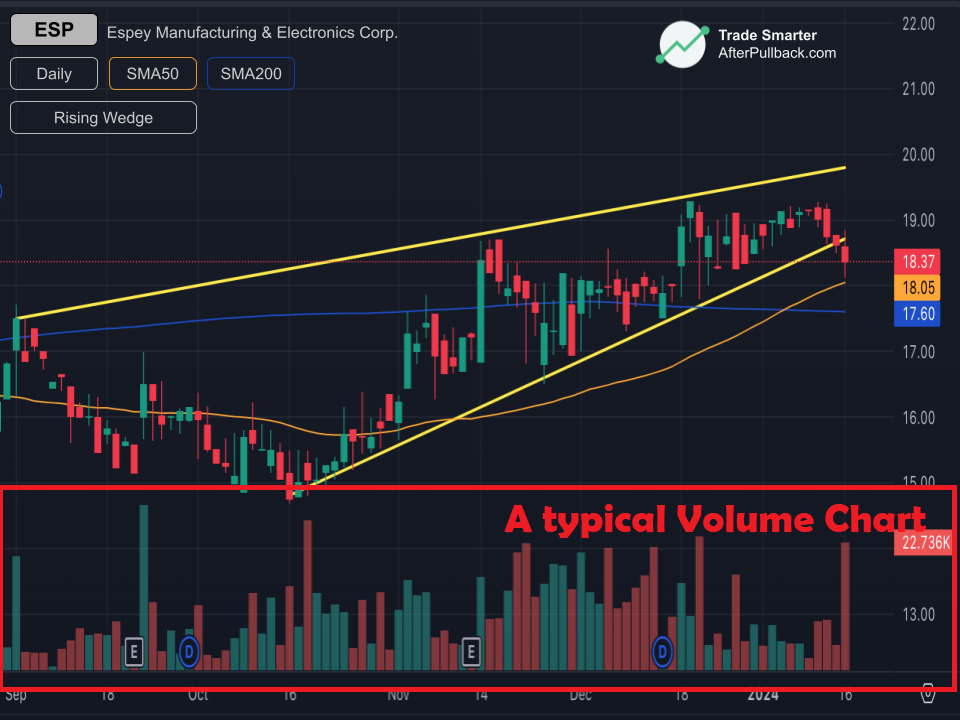
Volume is another critical factor for intraday traders. Higher trading volumes are preferred because they indicate sufficient liquidity, making entering and exiting trades easier without significantly impacting the stock’s price. Intraday traders often look for stocks with robust trading volume to ensure the smooth execution of their trades. Stocks with low volume can be illiquid and more challenging to trade intraday.
**3.**Market capitalization:
It refers to the total value of a company’s outstanding shares and is a crucial criterion for intraday traders. You can focus on small-cap or large-cap stocks based on your preference and risk tolerance. Small-cap stocks often exhibit greater price volatility and can offer substantial intraday opportunities, but they come with higher risks. Large-cap stocks are generally more stable but may have slower price movements.
**4.**Fundamental data:
While fundamental analysis is typically associated with longer-term investing, intraday traders can also benefit from screening for stocks with specific fundamental data. This might include stocks with recent earnings reports or significant news catalysts. Fundamental data can influence intraday price movements, and traders can use this information to make informed decisions about potential trades.
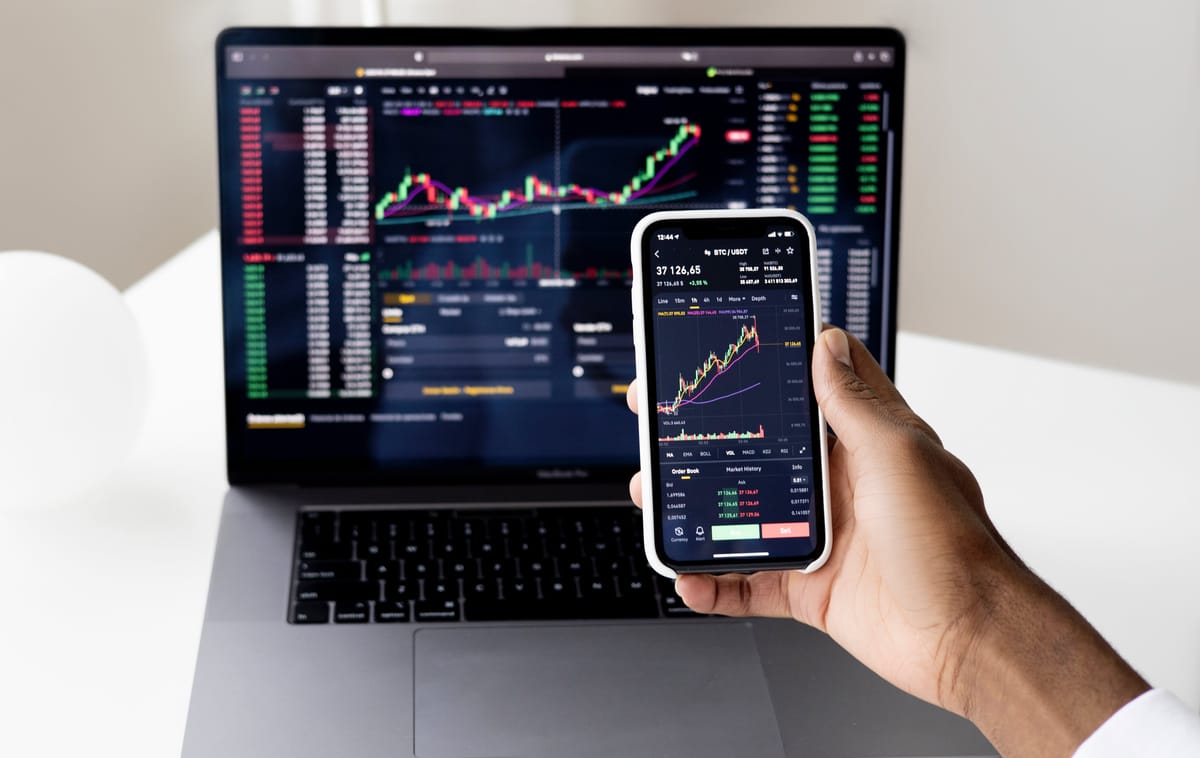
Let us take an example of this first step, and as mentioned before, this example shall continue throughout this article for a better understanding.
We take the example of a trader, John, who is eager to understand how stock screeners can make his trading journey more successful. Let’s see how he sets his criteria.
John begins his journey by defining his criteria for intraday trading. He’s looking for stocks that align with his risk tolerance and short-term objectives.
With a moderate risk appetite, he targets stocks in the $30-$60 range, providing him with a comfortable yet potentially profitable zone. (Price Range)
Recognizing the importance of liquidity, John focuses on stocks with trading volumes exceeding 1 million shares per day. This ensures he can enter and exit trades smoothly, even during high market activity. (Volume)
John decides to target small-cap stocks, which typically offer higher volatility. He is open to stocks with market capitalizations between $500 million and $2 billion, balancing risk and opportunity. (Market Cap)
John also considers stocks with recent earnings reports or significant news catalysts. He believes this added layer of analysis can be crucial in understanding potential market catalysts. (Use of Fundamental Data)
Step 2: Create a Watchlist:
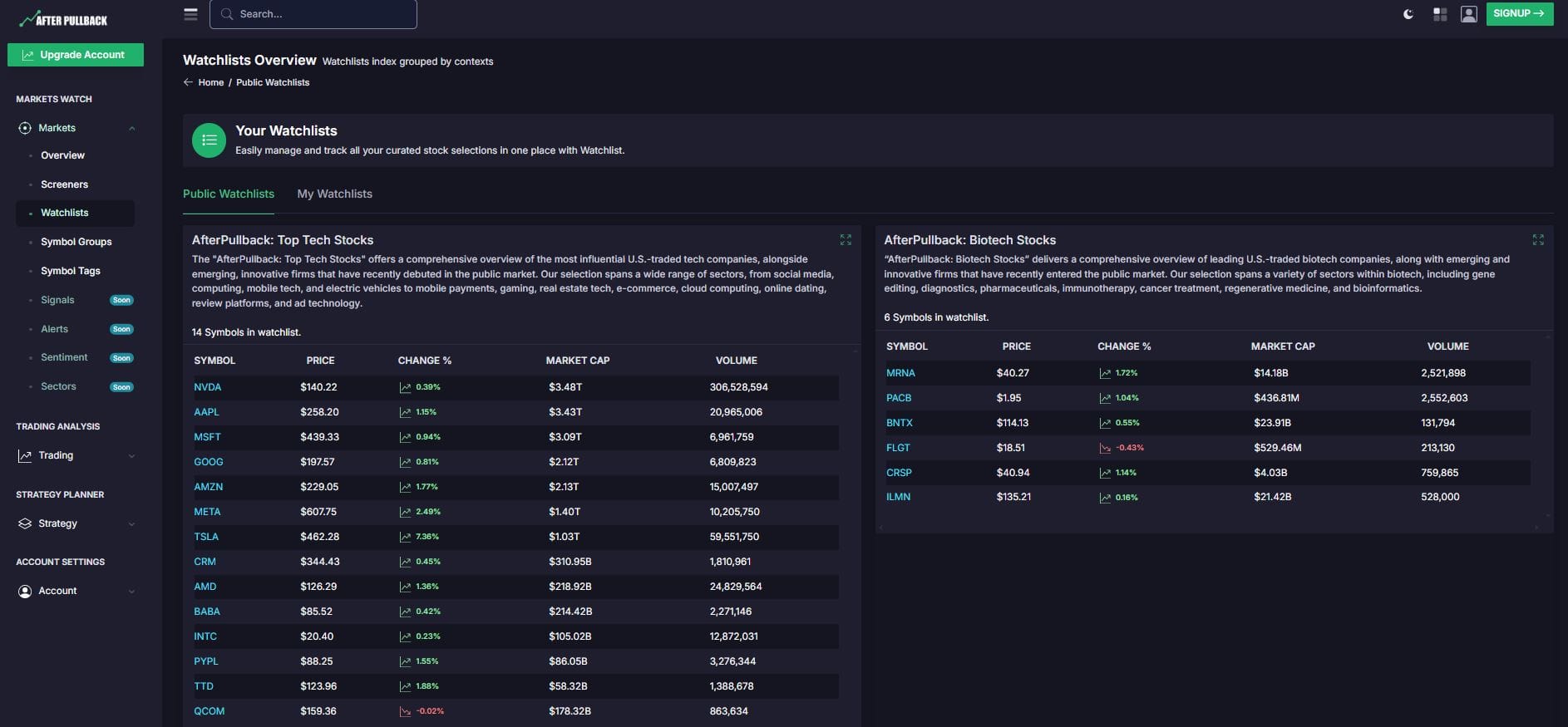
The stock screener generates a list of stocks that meet your set criteria. These are the stocks that, based on your selected parameters, are the most relevant and promising for your intraday trading strategy. This is your "watchlist."
Your watchlist serves as a shortlist of stocks you'll closely monitor during the trading day. These stocks you believe have the highest potential to fit your trading strategy and deliver profitable opportunities.
Creating a watchlist is essential because it streamlines your focus. Instead of tracking and analyzing all available stocks, you focus on the stocks that align with your strategy. This is a critical factor in efficiently managing the vast amount of information in the stock market.
Your watchlist is not static; it can change daily or within a trading session. As market conditions evolve and stock prices fluctuate, some stocks on your watchlist may meet your criteria one moment and no longer meet them the next. Similarly, new stocks might enter your watchlist as they align with your criteria.
Continuing our example, Once John has defined his criteria, his stock screener generates a watchlist, illustrating his chosen criteria with stock names and figures. For our example, we suppose his watchlist may contain stocks like ABC Inc. (priced at $45), XYZ Corp. (priced at $35)
Now, Let's move to Step 3;
Step 3: Set Alerts:
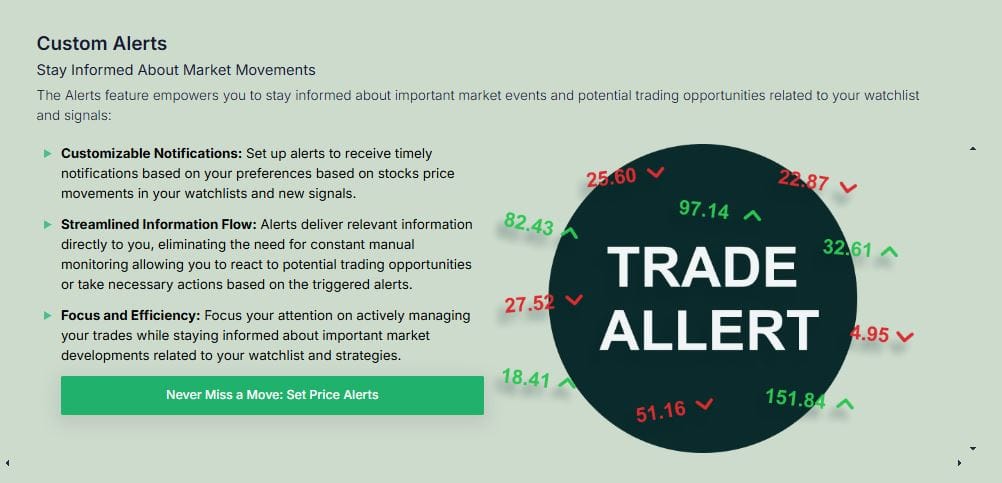
When a stock on your watchlist meets or crosses these criteria, the stock screener automatically sends you a notification or alert. These alerts can be in the form of pop-up notifications, emails, or text messages.
Use of Technical indicators:
Intraday trading relies heavily on technical analysis. You have to select relevant technical indicators that align with your trading strategy. Common indicators include moving averages (e.g., 50-day or 200-day), the Relative Strength Index (RSI), Moving Average Convergence Divergence (MACD), Bollinger Bands, and others. These indicators help you identify potential entry and exit points based on price patterns and momentum.
Alerts serve as a timely heads-up. They ensure you can react promptly when specific conditions are met.
Alerts can also be used for risk management. You can set alerts for stop-loss levels or price targets, ensuring you're alerted when a trade reaches a predetermined risk or profit level. This aids in disciplined and structured trading.
Continuing our example of John, Let's see how John Uses Technical Indicators to set alerts;
With his watchlist in place, John sets alerts for specific conditions. He wants to be notified when his chosen indicators or criteria are met.
As he depends on technical analysis, John selects the Relative Strength Index (RSI) and Bollinger Bands as his preferred indicators. He plans to initiate trades when the RSI crosses 70 or when Bollinger Bands show a clear breakout pattern.
When the RSI crosses the 70 mark, it suggests that a stock is overbought, meaning its price may have risen too quickly and could be due for a pullback.
In such a scenario, John plans to initiate a trade, usually by selling the stock, anticipating a potential price decrease. Similarly, If it goes to or below 30, he intends to purchase the stock.
Similarly, When the price of a stock breaks out of the range defined by the Bollinger Bands (moves above the upper band or below the lower band), it is considered a "clear breakout pattern." This breakout suggests that the stock may be starting a new trend, and traders often see this as an opportunity to initiate a trade.
In John's case, when he sees a stock exhibiting a clear breakout pattern, he plans to initiate a trade, typically by buying the stock, anticipating its price to continue to rise.
In summary, John uses the RSI and Bollinger Bands as technical tools to help him make trading decisions.
In our example, he sets an alert for ABC Inc. when its RSI goes below 30 and an alert for XYZ Corp. when its Bollinger Bands indicate a strong breakout.
Step 4: Identify Trading Opportunities:
Intraday trading operates within a single trading day, and price movements can occur rapidly. As an intraday trader, you need to keep a constant watch on your watchlist.
Identifying trading opportunities means looking for stocks that match your strategy. For example, if you're a trader who follows technical analysis, you'll focus on chart patterns like head and shoulders, flags, or moving average crossovers.
Price Movements and Volume: Sudden price spikes, drops, or significant changes in trading volume can be signs of potential trading opportunities. These movements often indicate increased market activity and can signal entry or exit points.
News and Events: Intraday traders are also alert to breaking news, earnings reports, or economic announcements. These events can significantly influence stock prices in the short term. Identifying trading opportunities means responding to news catalysts that may impact your watchlist stocks.

Following our example, Let's see How John Identifies a trading opportunity;
While observing ABC Inc.'s stock chart, John noticed that the RSI (Relative Strength Index) has dipped below 30. This is a solid technical signal that the stock is oversold, indicating that its price may have dropped significantly and could be due for a rebound. John identifies this opportunity to potentially profit from a price recovery. He decides to initiate a trade by buying shares of ABC Inc.
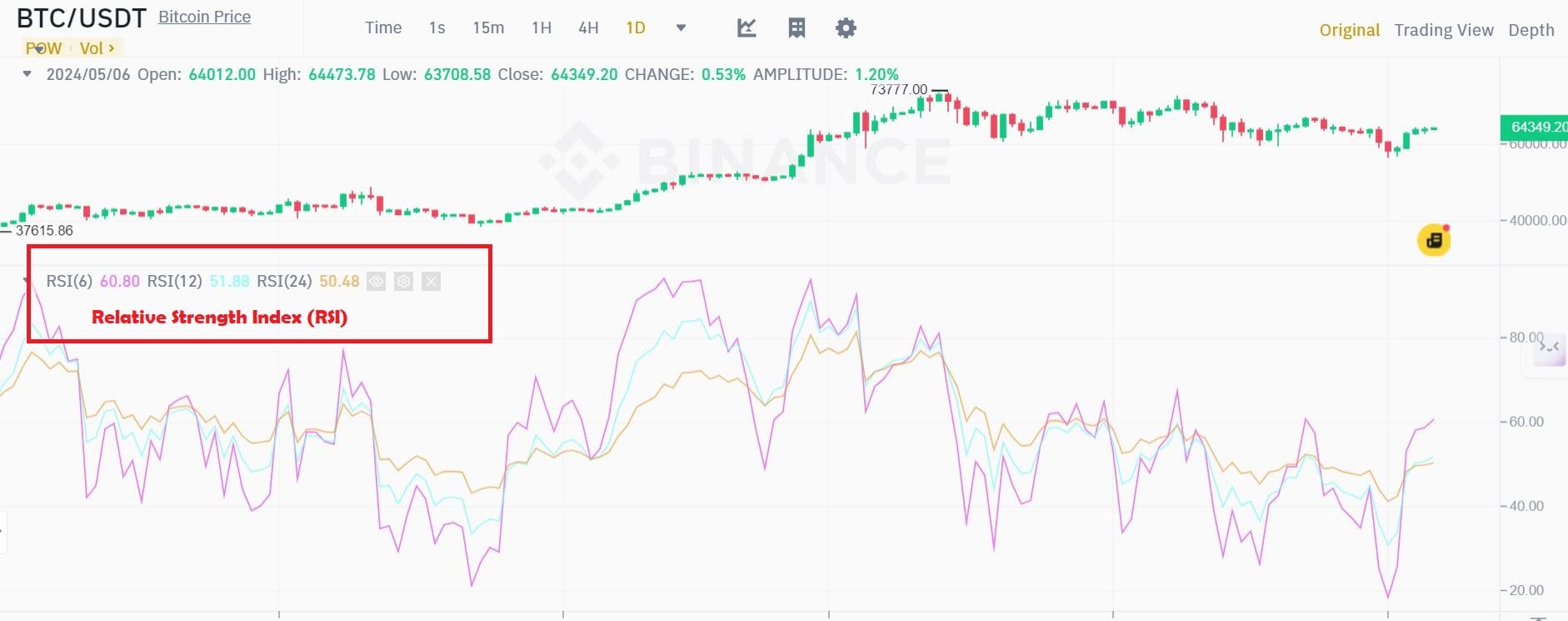
Similarly, While monitoring the financial news, John comes across a headline indicating that XYZ Corp. has just announced record-breaking quarterly earnings, far exceeding market expectations. This news is significant and has the potential to impact the stock's price positively. Recognizing the potential market reaction to this news, John identifies a trading opportunity. He decides to initiate a trade by buying shares of XYZ Corp. He believes that the positive earnings report will likely drive up the stock's price in the short term, and he wants to capitalize on this upward movement.
Step 5: Manage Your Risks:
Before making a trade, always consider risk management. Determine your entry and exit points, stop-loss levels, and position size based on the stock's behavior and your risk tolerance.
Setting stop-loss levels is integral to risk management when using market screeners. These levels are predetermined prices at which you'll exit a trade to limit potential losses. Market screeners help you identify potential stop-loss levels based on the technical or fundamental factors you're monitoring. This ensures that you have a predefined plan to protect your capital.
So, Let's see how John manages his risks before executing the trade!
In our example, John understands the importance of risk management. He sets a stop-loss level before placing the trades for both the shares, ABC and XYZ. He decides to place a stop-loss at 5% below his entry price in this case. If the stock's price starts to move against him and reaches this predetermined stop-loss level, the trade will automatically exit, limiting his potential losses.
To determine the appropriate position size for this trade, John considers his risk tolerance and the potential risk associated with the trade. Given his risk tolerance, he calculates the position size so that a 5% price decrease from his entry point (triggering the stop-loss) would result in an acceptable loss.

Step 6: Execute Trades:
Executing orders using market screeners is the culmination of your intraday trading process. It involves acting upon the trading opportunities identified with the help of your screener.
Discipline is critical to executing trades effectively. It's easy to be swayed by emotions or impulsive decisions, especially in the fast-paced world of intraday trading. Your predefined plan, formed with the help of the screener, serves as a guide to avoid impulsive actions.
You place orders with your brokerage platform using the information from your screener. This can include market orders, limit orders, or stop orders.
Returning to our example, John orders ABC & XYZ Inc. shares on his brokerage platform using the information from his screener and following his plan. In this case, he opts for a market order, which means he's willing to buy the stock at the current market price. This choice aligns with his strategy and the stock's behavior, as the RSI and market trends suggest a potential price rebound.
Step 7: Review and Analyze:
After the trading day ends, it is essential to conduct a thorough review and analysis of your trades. This means evaluating the effectiveness of your screening criteria and overall strategy. You need to review each trade, considering the reasons for entry and exit and the outcomes. Assess your wins and losses to identify what worked and what didn't.
Another vital aspect is refining your trading strategy for future sessions. It helps you learn from your experiences and make data-driven improvements.
You must also examine whether the screening criteria you used with your market screener effectively identified profitable opportunities. Consider whether adjustments are needed to fine-tune your criteria.
Concluding Our example, At the end of the trading day, John takes the time to review his trades thoroughly. He evaluates the effectiveness of his screening criteria and the overall strategy that led him to use the RSI indicator.
But wait, there may be another twist in the story!!
This twist emphasizes the importance of review and analysis
While analyzing the RSI data for ABC Inc., John discovered that the stock had a significantly low RSI of 20, indicating a strong oversold condition. However, rather than rebounding as expected, the stock's price declined further.
John recognizes this anomaly and delves deeper into the stock's recent news and events. He finds that a significant negative development, such as a product recall, substantially impacted investor sentiment and the stock's fundamentals.
Based on this newfound knowledge, John adjusts his strategy. He now incorporates a more comprehensive approach, considering technical indicators like RSI and staying informed about significant news events that could affect a stock's price. He recognizes the importance of understanding a stock's technical and fundamental aspects before trading.
How does AfterPullback Stock Screener Help in screening the Stocks?
Well, several features in AfterPullBack Stock Scanner can help you in screening stocks;
- It can detect technical patterns (not only indicator's condition): This means that AfterPullback's scanner can recognize specific patterns in trading data. These patterns are not limited to individual indicators but encompass broader technical patterns, which can be valuable for identifying trends and potential trading opportunities.
- It can detect indicator conditions on top of technical patterns: This scanner goes a step further by identifying technical patterns and spot specific conditions related to trading indicators. This dual capability gives tradersDoing so a more comprehensive view of the market, considering both pattern-based and indicator-based factors.
- It can run backtests on the scanner filter to ensure that it is looking for opportunities with better probabilities: Backtesting is a crucial tool for traders. AfterPullback's scanner takes it to the next level by applying backtests to the filter it uses to identify trading opportunities. Doing so ensures that the scanner is searching for opportunities with a higher likelihood of success, providing traders with a more refined set of potential trades.
- It can give the user visual hints about Risk, Consistency and Accuracy: The scanner doesn't just stop at finding opportunities. It also provides users with visual cues to help them understand the quality of each detected trade. These cues are based on the RCA framework, Risk, Consistency, and Accuracy. These three factors are critical in evaluating the potential of a trade.
In essence, AfterPullback's scanner is a comprehensive tool that identifies patterns and indicators and ensures that the opportunities it finds are backed by data-driven backtests. It further enhances the decision-making process by providing visual cues based on the RCA framework, helping traders assess each detected trade's risk, consistency, and accuracy.
Conclusion:
In conclusion, mastering the art of stock screening by following these seven essential steps opens up a world of possibilities for informed and strategic trading. From defining your criteria to executing trades and conducting post-trade analyses, each step is a vital building block in your journey to becoming a successful trader. The best part is that once you've gained proficiency in these steps, you can apply them repeatedly, creating a powerful foundation for your trading journey.
But wait, there's more! If you're eager to learn and want to get better at stock trading, we've got a free PDF book just for you. It has excellent tips and tricks to help you become a stock trading superstar. Don't miss out – grab your free book and start your journey to financial success today!
Trade Smarter!!







